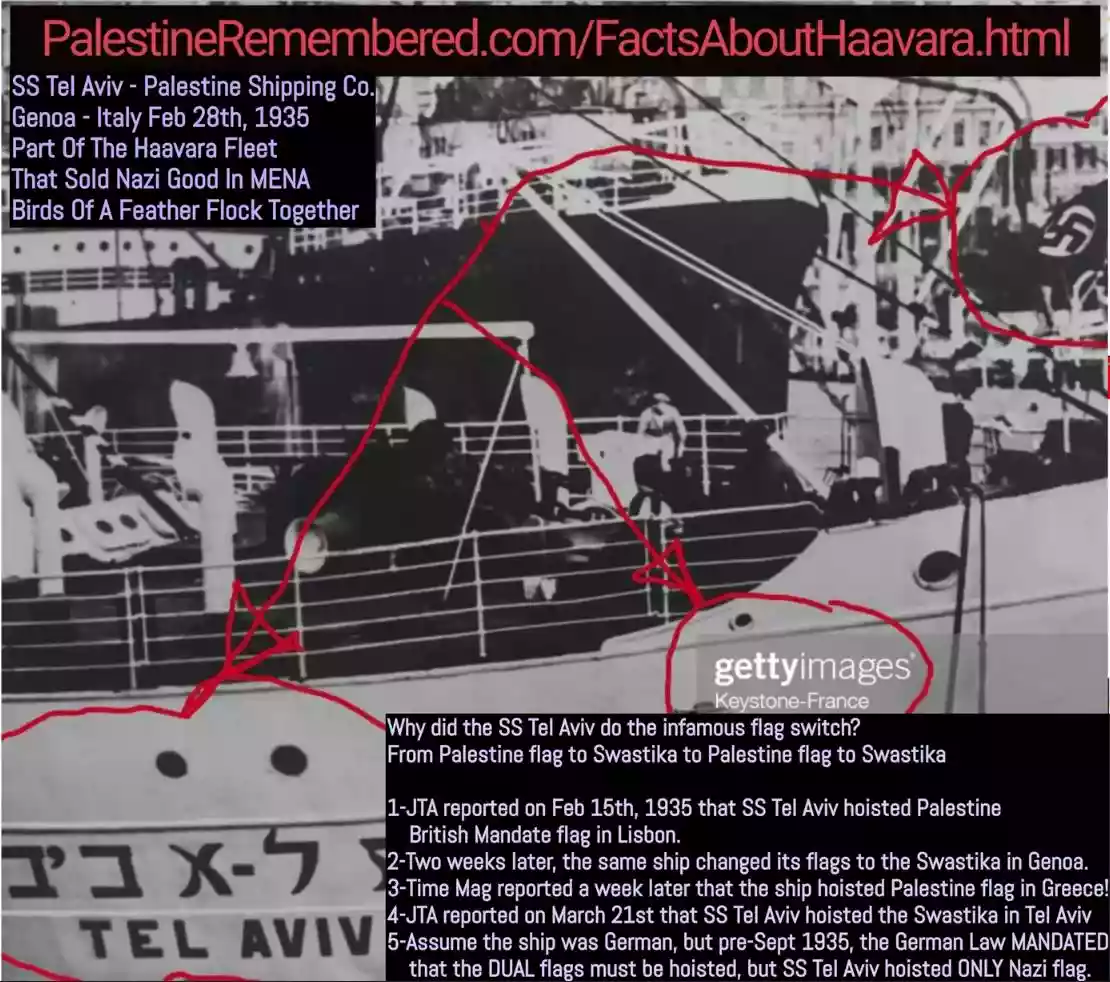| Prev | Next |  |
| Prev | Next |
| PalestineRemembered | About Us | Oral History | العربية | |
| Pictures | Zionist FAQs | Haavara | Maps | |
| Search |
| Camps |
| Districts |
| Acre |
| Baysan |
| Beersheba |
| Bethlehem |
| Gaza |
| Haifa |
| Hebron |
| Jaffa |
| Jericho |
| Jerusalem |
| Jinin |
| Nablus |
| Nazareth |
| Ramallah |
| al-Ramla |
| Safad |
| Tiberias |
| Tulkarm |
| Donate |
| Contact |
| Profile |
| Videos |
Community And Religious in Palestine before Nakba: Supplementing Volume II, Chapter XXII, Pages 879-944, British Mandate: A Survey of Palestine: Supplement - Page 120 |
Disclaimer
The above documents, article, interviews, movies, podcasts, or stories reflects solely the research and opinions of its authors. PalestineRemembered.com makes its best effort to validate its contents.


Post Your Comment
*It should be NOTED that your email address won't be shared, and all communications between members will be routed via the website's mail server.
Supplementing Volume II, Chapter XXII, page 879-944.
(p. 879)
The first section of Chapter XXII of Volume II of the Survey of Palestine deals with the Christian Communities of Palestine and the Christian Holy Places. It has been represented that this section was written from a Roman Catholic point of view. and quotes almost exclusively Roman Catholic authorities. Its interpretation of the history of the first eleven centuries, and even some of its statements of facts, might be disputed by most, if not all, of the "separated" Churches of the East, as well as by the reformed Churches of the West.
The Anglican Church (which is the established Church of the Mandatory Power) maintaining as it does its position as a true branch of the Catholic or Universal Church, could not acquiesce in the use throughout this section of "Catholic" as meaning the Roman Catholic Church and no other.
THE HOLLy PLACES OF PALESTINE:
The following notes on the Holy Places are supplementary to Chapter XXII of the Survey and give special emphasis tci the religious interests in Palestine of Judaism, Christianity, and Islam.
It is not intended to refer, in these notes, to the centuries-old disputes and controversies regarding the differences of creed and origin of the various confessions of Faith, or claims to rights by different sects within the same shrine or at the same site in Palestine.
The notes are confined to a very summary record of the connections with Palestine of the three great monotheistic faiths, each of which honours the Patriarch Abraham, the Friend of God, who lived in Palestine and is buried in the cave of Machpelah at Hebron.
CHRISTIANITY.
Christians throughout the world regard Palestine with special veneration as the place where the thirty-three years of Christ's life
120